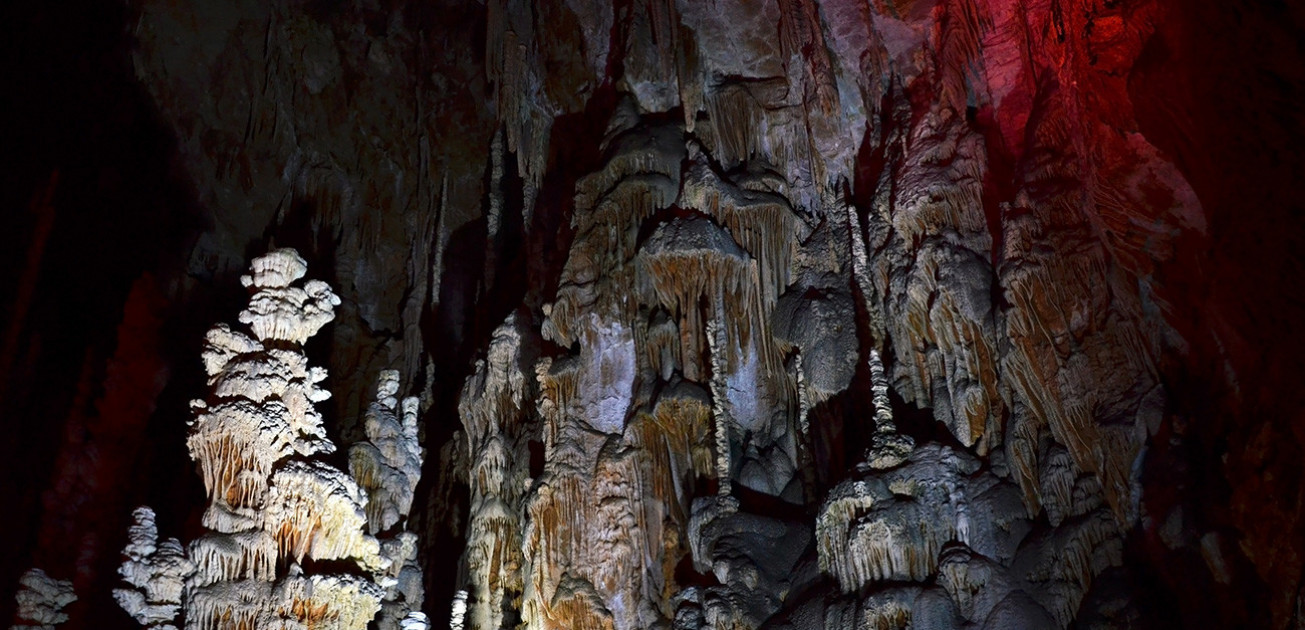


"Our world’s caves are places of wonder, mystery and majestic beauty. Show caves around the world are embracing their role in protecting and preserving caves and providing a place for people to learn about these special, natural, cultural and historical resources.
Show caves also play another important nature tourism role of sustainable economic development, providing jobs, and helping the economy of their regions.”
Note: Free download ends January 13th, 2021.
ABSTRACT (from the original article):
Cave deposits can be valuable sources of paleoclimate data, especially when atmospheric circulation patterns, precipitation variability, vegetation changes, and the chemical evolution of waters moving through the karst environment can be mechanistically linked to speleothem proxies. In particular, an evaluation of the factors that control the isotopic composition of precipitation and the evolution of rainwater during migration from the land surface to the cave are needed to robustly develop speleothems as hydroclimate-sensitive proxies. One area in which precipitation and atmospheric variability are closely linked is western Iberia, where rainfall is strongly influenced by the Azores High, part of the North Atlantic Oscillation (NAO) dipole.
Therefore, in order to better characterize the factors that influence the isotopic composition of precipitation in Portugal and to evaluate the potential of using stalagmites from this region as hydroclimate (and NAO-sensitive) proxies, we investigated Global Network of Isotopes in Precipitation (GNIP) data from ten mainland Portugal sites spanning multiple decades. In addition, we use more than one hydrologic year of precipitation amount and isotope data from Buraca Gloriosa (BG), a cave in western Portugal, the site of on-going speleothem analyses, as well as six years of environmental monitoring from BG.
We present an integrated analysis of rainfall and vegetation through the normalized difference vegetation index (NDVI) following extremely wet and dry winters. Summer vegetation density, related to the amount of precipitation in the preceding winter wet season, as well as prior calcite precipitation (PCP), would largely control the stable carbon isotopic signature (δ13C) in stalagmites at BG. Cool season recharge is likely the dominant factor for the oxygen isotopic composition (δ18O) of water percolating through the cave system, while amount effects exert the primary control on precipitation δ18O values. Based on HYSPLIT modeling, moisture sources overwhelmingly originate from the Atlantic Ocean as opposed to the Mediterranean or elsewhere; thus, variability in δ18O values in the precipitation (and, thus, by inference, those of the dripwater and stalagmites) are primarily reflecting changes in precipitation amount and not changing temperatures or source regions. Together these data constitute an important analysis of the controls of isotope proxies in Portuguese cave systems.